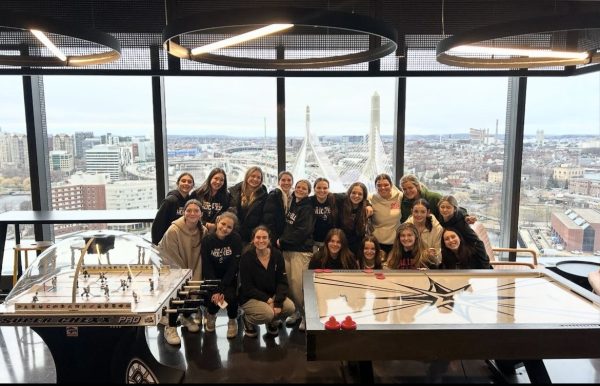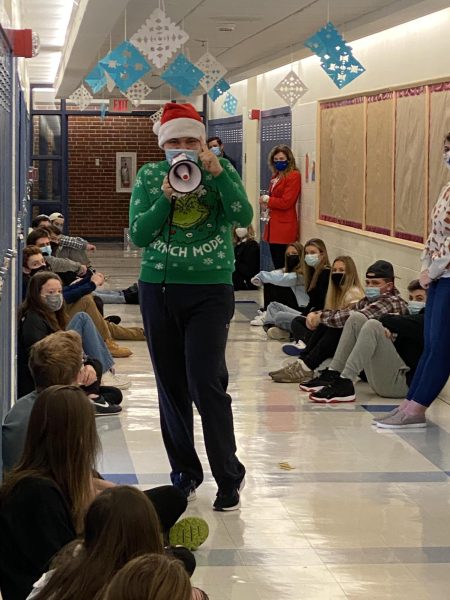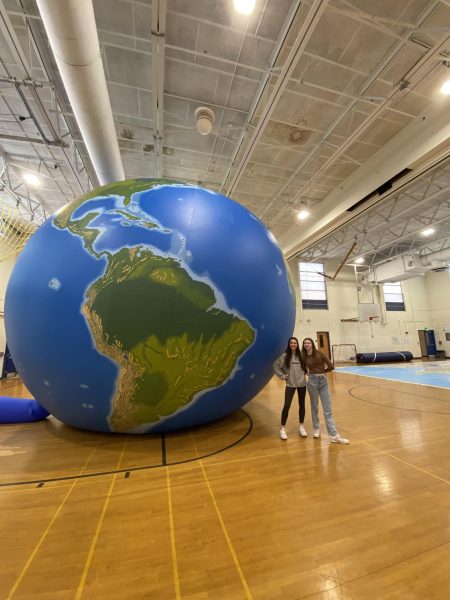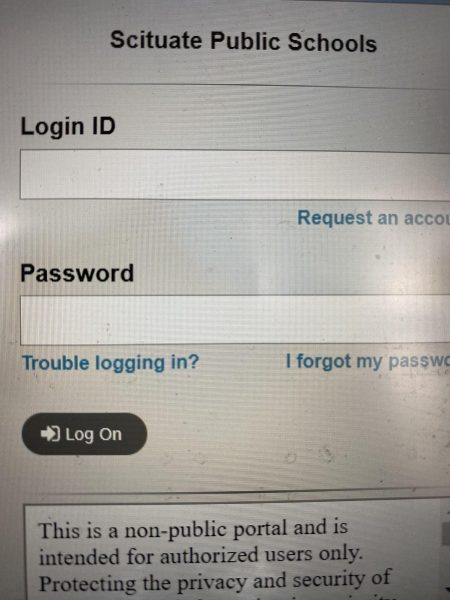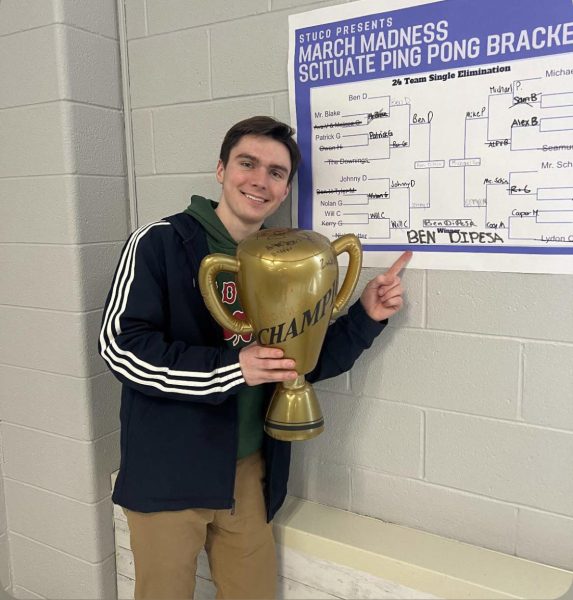Are there better ways to conduct virtual learning?
April 11, 2021
High school students who are learning remotely spend roughly 8 hours online each school day: Following the 6 hour-long virtual school day, there is typically 2 hours of homework, which is most likely completed online, too. Although this is the easiest substitution for in-school learning, the demands of virtual learning ask a lot of students.
Not only are students spending more time on computers during class, but between classes, many students take a “phone break,” and after school, students like to watch T.V. or surf the web.
High school students across the country are noticing the physical consequences of all this extended screen time–headaches, irritated eyes, and trouble sleeping.
Although the district has focused lots of attention on how to make remote learning work in the midst of a pandemic, is there more we could be doing? As virtual learning continues–especially for Cohort C–can teachers reduce students’ screen time while still providing solid lessons?
More and more SHS teachers are holding students past the “Connect 10” requirement. Originally, “Connect 10” was the idea that students are virtually present for the first 10 minutes of class and are then let go to begin their assignments. However, as the year progressed, some teachers started keeping students on for 30-40 minutes on the Google Meet.
Finding more strategies to work offline could have a positive effect on students.
Some teachers recognize the struggle students are going through and have developed solutions to get them off their devices while learning. SHS math teacher Jamie Forde often has students complete classwork and homework using the textbook. This is an effective way to keep students off their computers. Forde will then ask students to post their work so he can check in and hold them accountable. Such a simple switch like this can really make a difference in the virtual school day.
Science teacher Stephen Maguire also encourages Ornithology students to spend time outside birding–especially when the weather is nice. Maguire asks students to record the birds they see and take photos, if possible. This also allows students to take a break from screen time.
As we begin Quarter 4, it might be time to experiment with other distanced learning options to encourage remote students to take a break from their screens.
